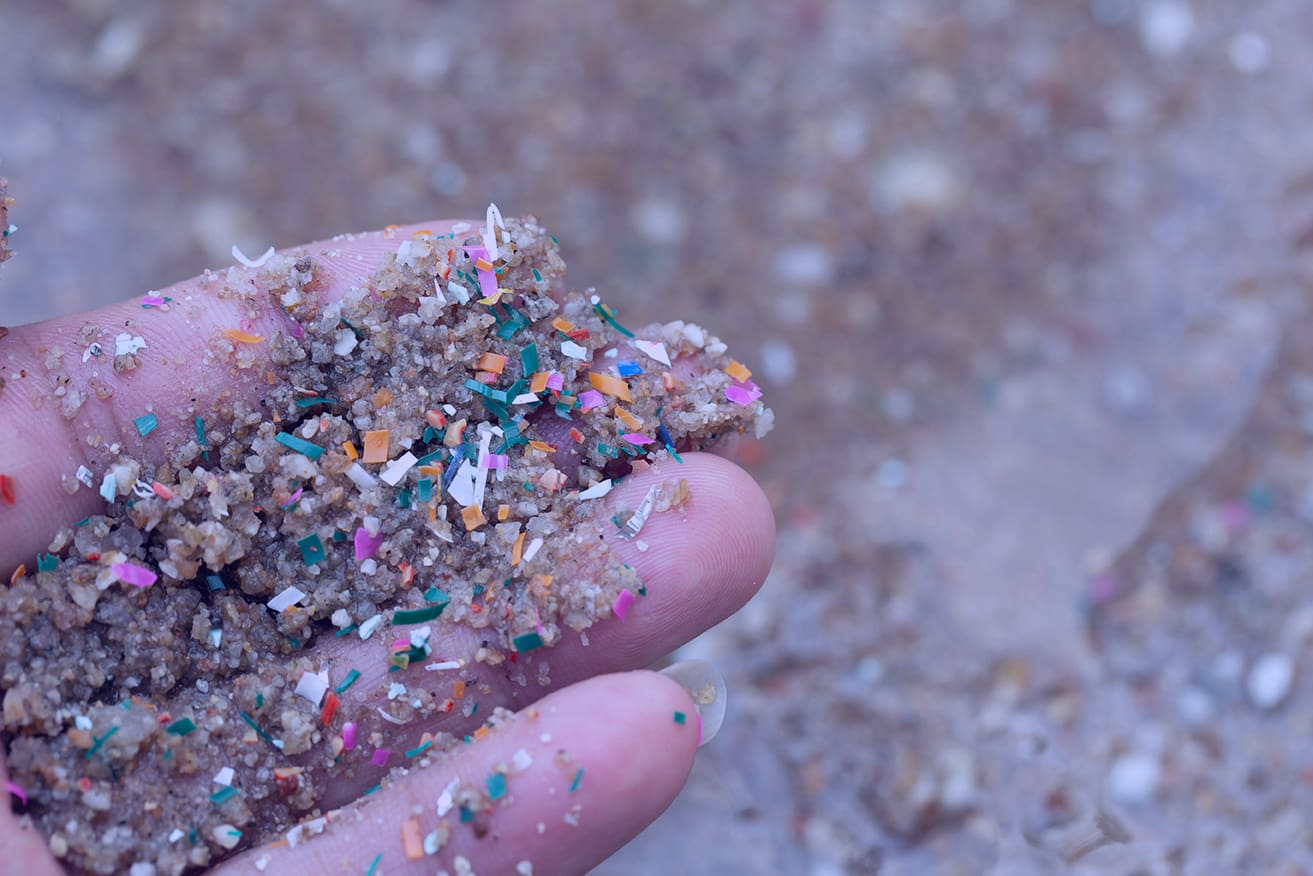Studies Show Plastics & Microplastics Not Implicated in Paint
What is Plastics Pollution?
Plastic pollution in an environmental context is any plastic product that is discarded, disposed of, or otherwise left in nature. Plastics range in size from microplastics at 5mm to microplastics that are greater than 5mm. Micro and microplastics are found on shorelines, in soil, and in groundwater as sediment or larger plastic particles. It takes anywhere from 20 to 500 years for plastic to decompose.
What are the Most Common Forms of Plastic Pollution?
According to the federal Government, the most common forms of plastics and microplastics found in Canadian rivers and waterways are from pharmaceuticals, cosmetics, and everyday items such as water bottles and single-use plastics.
Better Data Needed to Regulate Microplastics
CCA appreciates and supports the principles of Canada’s world class Chemicals Management Plan, which conducts extensive risk assessments with conclusions based on a scientific study of all available data related to risk. To support the federal Governments goal CCA participates in relevant Industry Literature Searches, which are focused on identifying real data supported by science-based, peer reviewed studies on the state of scientific knowledge regarding microplastics in coatings. This initiative is being led by the World Coatings Council.
This important work will lead to more accurate data on the actual contribution of paints and coatings to microplastics in the environment. Furthermore, it will support efforts under the Chemicals Management Plan to address any issues in an appropriate risk-based manner related to both impacts on human health and the environment, if any. Reliable estimates can then be used based on this research to develop ‘quantitative’ measurements regarding degradation and emissions from coatings-related microplastics. This will serve to fill a major data gap as most coatings-related microplastics are removed during waste-water treatment depending on the treatment methods applied. Another data gap pertains to the environmental impacts of antifouling paint particles from marine coatings, which can be used further in planning more robust and conclusive studies.
CCA Regulatory Focus on Microplastics
CCA supports the federal Government’s overall aim to make all plastic packaging recyclable or “recoverable” by 2030, and entirely diverting it from landfills by 2040. To achieve this, CCA will work in concert with the long-established Paint and Coatings Working Group (PCWC), which is comprised of both industry and government representatives meeting on a regular basis. This requires working closely with officials of Environment and Climate Change Canada (ECCC). These ongoing bilateral and multilateral activities are essential to support CCA members and help them navigate this complex issue. If action is to be taken related to the CASE sector, the onus remains on the Government to address the lack of scientifically validated data to quantify or confirm the impact of microplastics pollution from paints and coatings.
